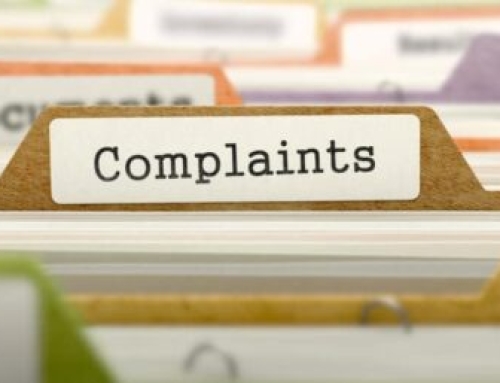In this post, we’re going to build upon an interesting study presented earlier this year by two North Carolina State linguists, Karen Eisenhauer and Carmen Fought. Eisenhauer and Fought analyzed the scripts from twelve Disney princess films to explore the differences in the amount of dialogue attributed to male and female characters in each movie. The researchers analyzed both speech density by gender as well as what was being said between characters. The study was presented at a linguistics conference in January and first reported in this Washington Post article
In addition to the NC State study, we turned to Polygraph, which has a small but fascinating archive of data stories with great interactive visualizations. Polygraph has done two recent stories related to movie script analysis; one is related to the Bechdel Test of the top 200 highest grossing films (link: http://polygraph.cool/bechdel/) and the other is an analysis of speech density by age and gender across roughly 2,000 films.
Not surprisingly, the result of all three studies shows that male characters and dialogue dominate the final scripts. In the case of Disney princess films, the disparity is tied to the fact that most of the major secondary characters are males. It is rare to find a major female secondary character in Disney princess films. The Polygraph work links the male/female dialogue disparities to gender roles for writers, producers and directors. Yes, there could be differences and contrasts in results when you look at different timelines and clusters, but the overwhelming message behind these studies is that male characters dominate American-produced films.
While these studies are fascinating, we felt there was more to the story, so we decided to do a little of our own digging. We were able to find scripts for seven of the Disney princess films and ran a sentiment analysis for each line spoken by the characters. Importantly, we focused on lead characters in each film to even the playing field; meaning we filtered out secondary characters only when comparing males and females, so as not to inflate the male data. In other words, we wanted to ensure that, as the primary character of a Disney princess movie, the princess, is more or less alone when the density of her dialogue is compared to that of other males. So, our sentiment analysis focused on the dialogue between the leading female (princess) and male characters for a fair comparison of impact.
Here is the list of film scripts we reviewed using Tableau Public:
- Sleeping Beauty (1957)
- Little Mermaid (1989)
- Beauty and the Beast (1991)
- Aladdin (1992)
- Pocahontas (1995)
- Mulan (1998)
- Frozen (2013).
Here are the highlights from the analysis:
- Overall 72% of the dialogue has positive sentiment, while 9% is neutral and 18% is negative (figures are rounded).
- Lead female characters have higher positive sentiment densities than their counterpart male roles; 73% for females comparing to 70% for males.
- Little Mermaid scores the lowest on positive sentiment and the highest on negative sentiment among these seven movies.
- Sleeping Beauty scores the highest in positive sentiment followed by Frozen. Basically, the two ends of our time spectrum score the highest in positive sentiment.
- Over time positive sentiment has gained a higher density, while density of negative sentiment has shrunk.
- Likewise, joy has increased its presence, while sadness density shrunk through time.
- The most negative lead character is Mush from Mulan with 42% of negativity vs. 39% of positivity; the only main character that presents more negative sentiment than positive sentiment. Anna from Frozen was the most positive character.
Click on the image below and check out our interactive viz on Tableau public.
IMDB rate would give you a link to IMDB page of the movies. Also, by clicking at different parts of the viz you can see the background script.
To be sure, this is not a perfect study. Common AI tools in text sentiment and emotion analysis are not yet smart enough to analyze the context around single lines yet. So, the accuracy is not definitely 100%! But, on average it gives us a broader perspective on the issue of gender dialogue disparity in Disney princess films as suggested in the excellent NC State study. Clearly, much more work needs to be done to equalize the on-screen presence of males to females in all films, not just those from Disney. But our sentiment analysis suggests that, at least for Disney princess films, lead female characters seem to be delivering greater emotional impact, even if male characters primarily dominate scripts.
Error: Contact form not found.






